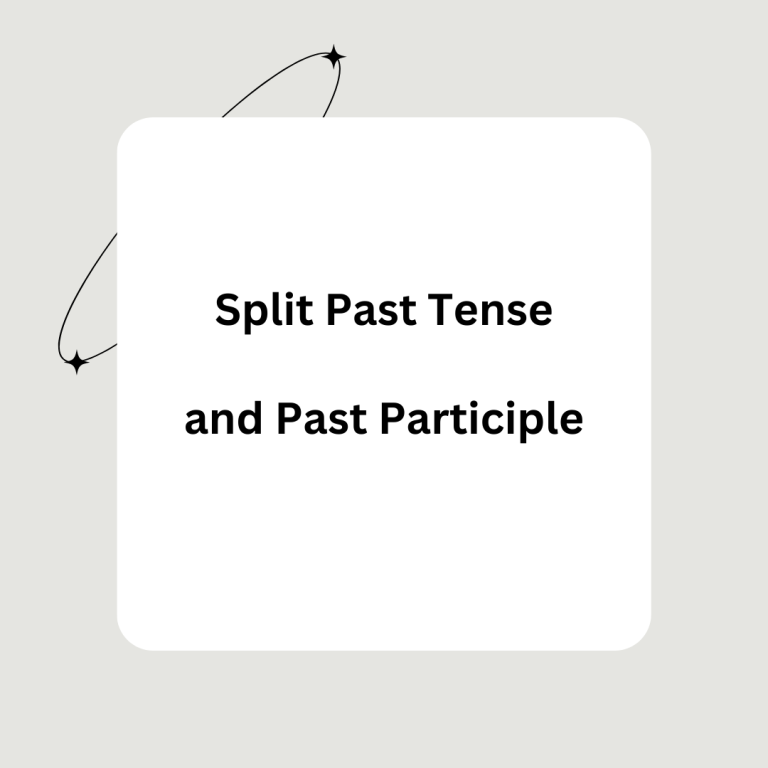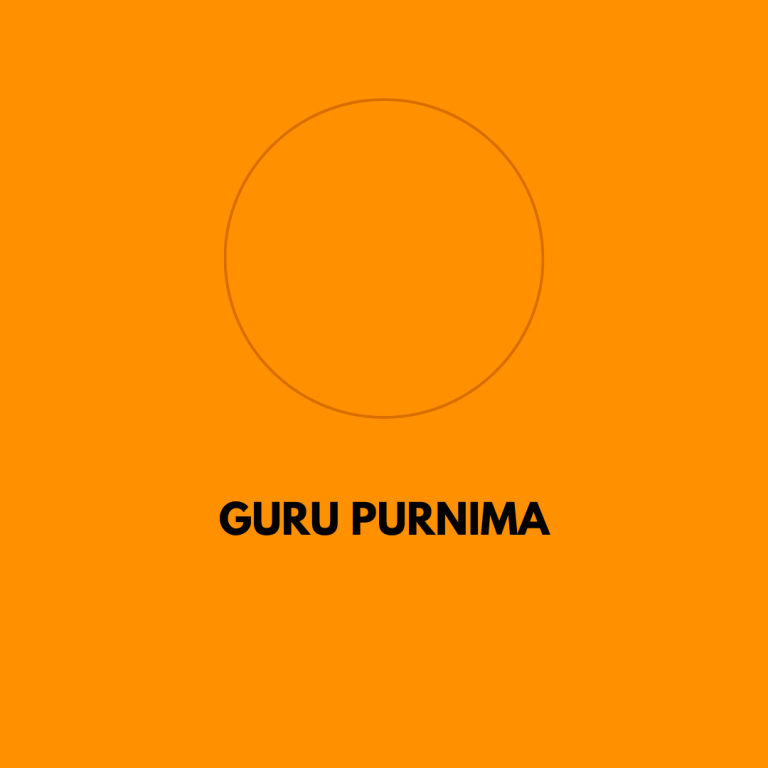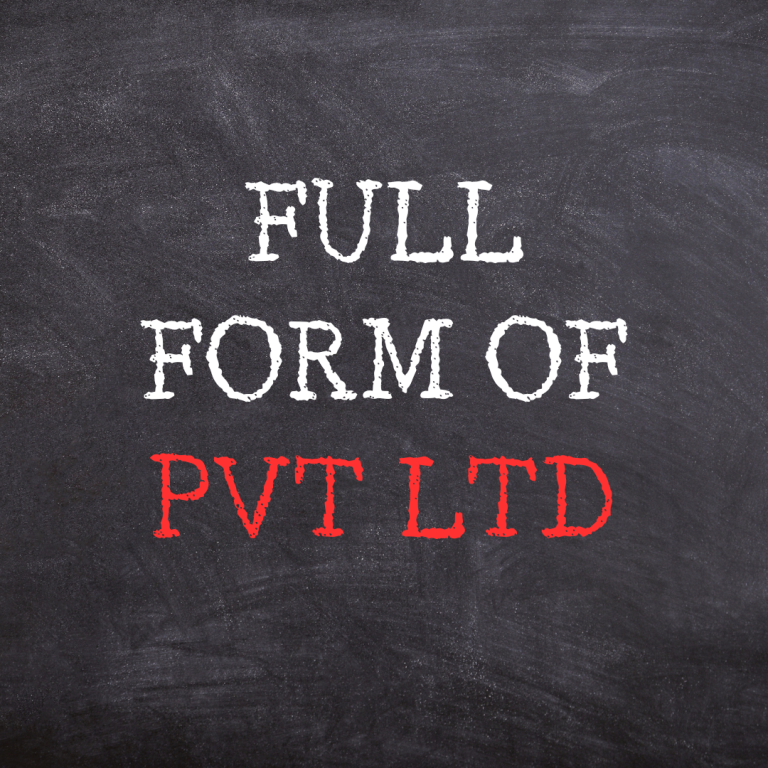In the bustling city of Gurgaon, where beauty meets elegance, the quest for the perfect makeup artist is a journey that every individual embarks upon. Whether it’s for a special occasion, a wedding celebration, or simply to enhance one’s natural beauty, finding the right makeup artist can make all the difference. With a plethora of talented professionals gracing the makeup scene, we’ve curated a list of the top 10 makeup artists in Gurgaon who are renowned for their artistry, skill, and ability to create stunning transformations.
1. Queen’s in Style
- Leading the pack is Queen’s in Style, a visionary makeup artist in Gurgaon known for their innovative techniques and personalized approach to beauty. With a keen eye for detail and a passion for perfection, Queen’s in Style has garnered a loyal clientele and is celebrated for their ability to accentuate natural features.
Address– BESTECH, Park View City 2 Rd, Vatika City, Block W, Sector 49, Gurugram, Haryana 122018
2. Parul Garg Makeup & Academy
- Parul Garg Makeup & Academy takes the crown as the best makeup artist in Gurgaon, revered for their flawless application and impeccable artistry. From subtle, understated looks to glamorous, red-carpet transformations, Parul Garg Makeup & Academy caters to every client’s unique style and preferences with finesse.
Address– Power Grid Township, D231 Sector 43, Gate, Gurugram, Haryana 122002
3. Jyoti Makeover
- When it comes to bridal beauty, Jyoti Makeover reigns supreme as the go-to bridal makeup artist in Gurgaon. Their expertise in creating breathtaking bridal looks that radiate elegance and sophistication has earned them a stellar reputation in the industry.
Address– 1162 – P, Huda Colony, Sector 46, Gurugram, Haryana 122002
4. Makeup By Garima
- For those seeking the flexibility and convenience of freelance services, Makeup By Garima stands out as the premier freelance makeup artist in Gurgaon. With a passion for creativity and a commitment to excellence, Makeup By Garima delivers unparalleled makeup services tailored to each client’s individual needs.
Address– 354, Sector 31, Gurugram, Haryana 122001
5. Archana Pandey – Makeup Artist
- Archana Pandey – Makeup Artist in Gurugram brings their artistic flair, offering top-notch makeup services that leave clients feeling confident and beautiful. Their extensive knowledge of the latest trends and techniques ensures that every makeup look is modern, fresh, and on-point.
Address– 25A, first floor, SS ALMERIA, Sector 84, Gurugram, Haryana 122004
6. Makeover by Nazia
- When it’s time to let your hair down and hit the town, Makeover by Nazia is the ultimate party makeup artist in Gurgaon. Known for their ability to create glamorous, head-turning looks that are perfect for any soirée, Makeover by Nazia ensures that you stand out from the crowd.
Address– A253,Town Square 2,Vatika, Sector 82, Gurugram, Haryana 122004
7. The Benzene Studio
- Say “I do” to The Benzene Studio, the wedding makeup artist in Gurgaon who transforms dreams into reality. With a portfolio of stunning bridal makeovers that capture the essence of love and romance, The Benzene Studio is the perfect choice for your special day.
Address– 95/9, near Om Sweets, near Sec. 7, New Colony, Sector 7, Gurugram, Haryana 122001
8. Ashmmita Studio
- Ashmmita Studio is more than just a makeup artist – they are a makeup studio in Gurgaon, with a gift for enhancing natural beauty and creating unforgettable looks. With a reputation for excellence and a commitment to exceeding client expectations, Ashmmita Studio is a true gem in the makeup industry.
Address– Shop No. 144,145,161, Sapphire Mall, Internal Walkway, Badshahpur Sohna Rd Hwy, Block S, Sector 49, Gurugram, Haryana 122018
9. Gunjan Gupta Makeovers
- For a touch of glamour and sophistication, look no further than Gunjan Gupta Makeovers. Their signature style combines elegance with edge, resulting in makeup looks that are both timeless and trendsetting.
Address– Vatika, The Seven Lamps, Lamps Ave, Sector 82, Gurugram, Haryana 122004
10. Makeup By Cherry Peswani
- Makeup By Cherry Peswani believes that beauty knows no bounds, and their portfolio reflects this ethos. From traditional Indian bridal looks to modern, avant-garde creations, Makeup By Cherry Peswani celebrates diversity and individuality, ensuring that every client feels beautiful inside and out.
Address– Flat 1401, Tower 18, ORCHID PETALS, Sohna – Gurgaon Rd, Orchid Petals, Sector 49, Gurugram, Haryana 122018
In a city as vibrant and diverse as Gurgaon, these top 10 makeup artists stand out as beacons of beauty, creativity, and artistry. Whether you’re preparing for a special occasion or simply indulging in a moment of self-care, entrust your beauty needs to these talented professionals for an experience that is truly transformative.
FAQs
1. How can I find the top 10 makeup artists in Gurgaon?
Ans- There are several ways to find top makeup artists in Gurgaon. You can:
- Read online reviews
- Browse social media
- Check out wedding blogs and websites
- Consider online directories
2. What’s the difference between a bridal makeup artist and a party makeup artist?
Ans– Bridal makeup artists specialize in creating flawless, long-lasting looks for wedding ceremonies and receptions. They understand the unique demands of wedding photography and ensure your makeup stays perfect throughout the day.
Party makeup artists focus on creating bolder or more dramatic looks for events like cocktail parties or nights out. They are skilled in highlighting specific features and creating trendy styles.















